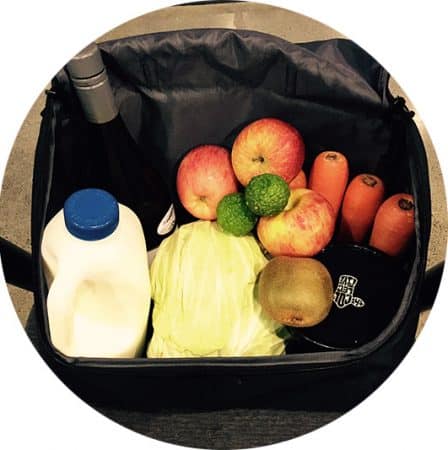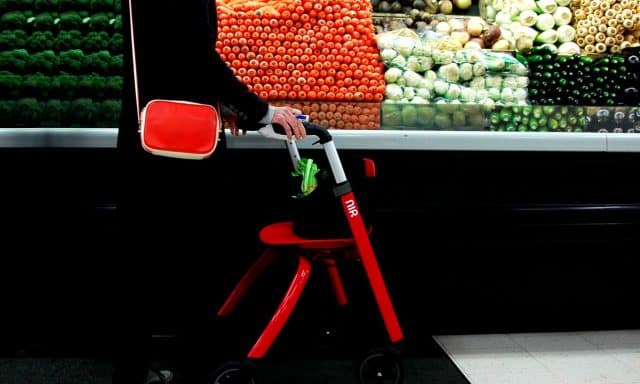
24 April 2020 – ADOPTING A MEAL PLAN can be helpful in the best of times, but even more so during lockdown when we are trying to limit how often we need to go to the store.
Making a meal plan can be broken down into two main steps: picking meals and recipes, and shopping for ingredients and supplies.
Before we get into planning, it can first be good to set aside a time on the same day every week where you will do your planning. For some people, this planning is done on a Saturday, so they can shop and prep for the week ahead on a Sunday.
The day you choose is going to be different for each person, what matters most is sticking to it as best you can to establish a good routine.
Now comes the time to plan your meals!
Have a think of some recipes that you like or would like to try. Are there any staple meals your household likes e.g. spaghetti bolognaise or oven baked chicken that you want to make sure you include in the meal?

A good tip is to include some frozen ready-made dinners in your plan, along with some foods that can make for easy, low stress lunches, like frozen chicken nuggets.
This ensures that on days where we feel too stressed or worn out to make a full home-cooked meal ourselves, we have an easy, tasty back up meal that we can just chuck in the oven or microwave.
Another good tip is to pick some recipes that use the same ingredients to help make the shop a bit easier and cheaper. Minced beef is very versatile, and a kilogram can make a lot of different meals for one person, for example burger patties, meatballs, and chili.
Once the alert level lowers and restaurants and takeaway stores reopen, you can also incorporate a night for buying dinner once a week to mix things up.
Make a shopping list and head out!
Once you have decided what meals you’re going to make for the week, make a list of ingredients you need to buy from the store.
You could make a physical list on paper or create a digital list on the Notes application in your phone. The free AnyList shopping app could also be a useful tool, as you can create grocery lists and store recipes, along with sharing these lists with friends and family that also have the app. This makes it easy for other people to shop for your groceries.
If you want to take it a step further, consider organising your shopping list into sections, like fruits and vegetables, spices and sauces, meat, frozen foods, etc. This can make the actual shop feel a bit faster and more structured. Double check your pantry and fridge to see if you already have some of the ingredients or are running low and need to replace some things.
Some people find it useful to organise their list in the same order as the items are found in the supermarket.
Panic buying has slowed down a lot, but there is the possibility that the store may be sold out of your favourite snack or an ingredient you were going to buy. Thinking of a few alternatives that you could get beforehand in case things are sold out might be less stressful than having to decide on the spot.

Top Tip: Prep some of your meals ahead of time!
Once you have bought all the supplies you need, you can start prepping some of your meals for the week.
If you have bought big packages of meat, you could start by splitting them into portions and putting them in snap lock freezer bags.
This way, the meat that you are not immediately going to eat can be stored in the freezer, and you can get out as much as you need later without having to defrost an entire packet.
If you have bought loose vegetables, you could also pre-wash them to save yourself a bit of time later in the week.


